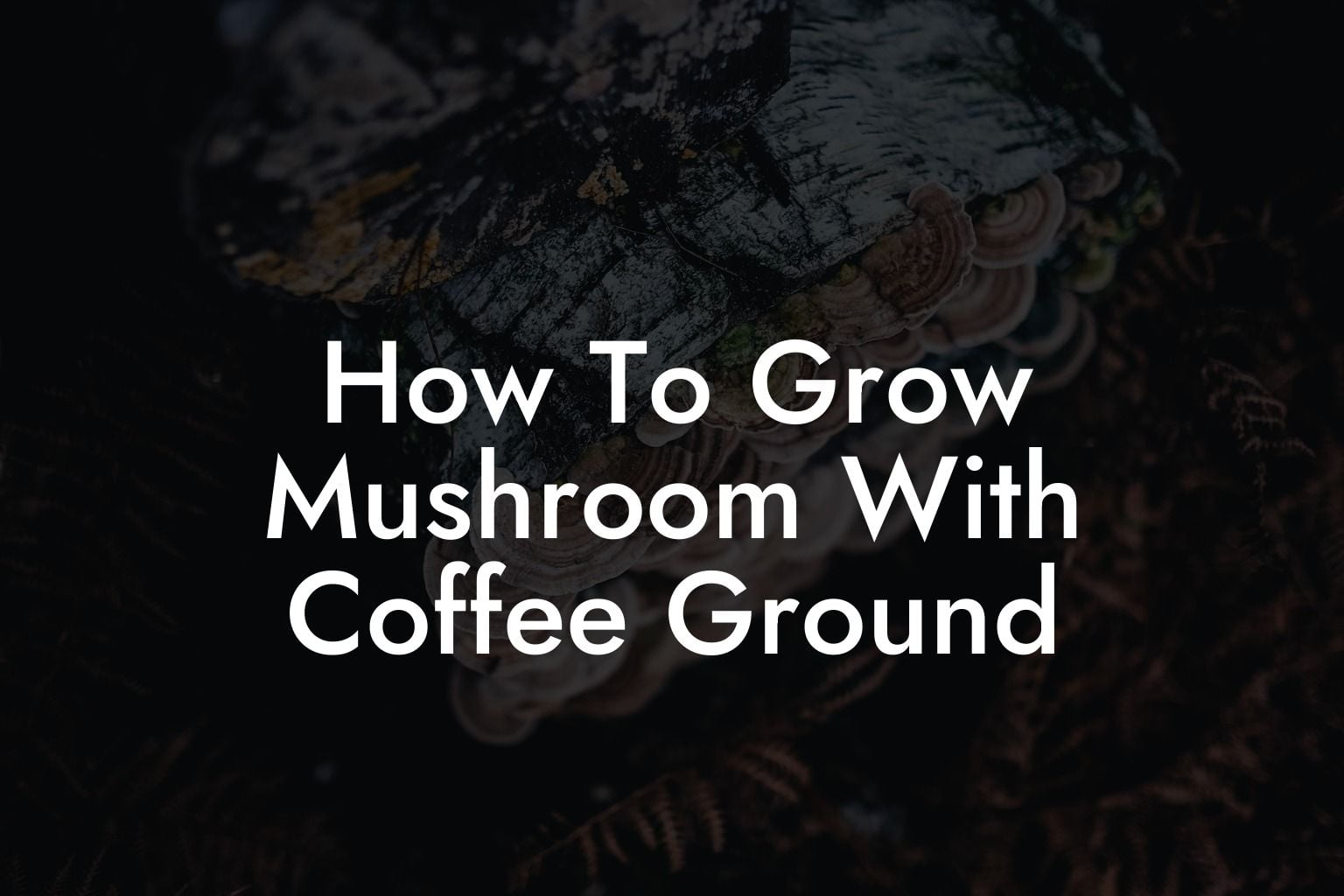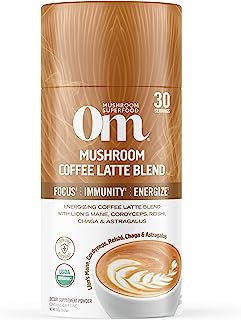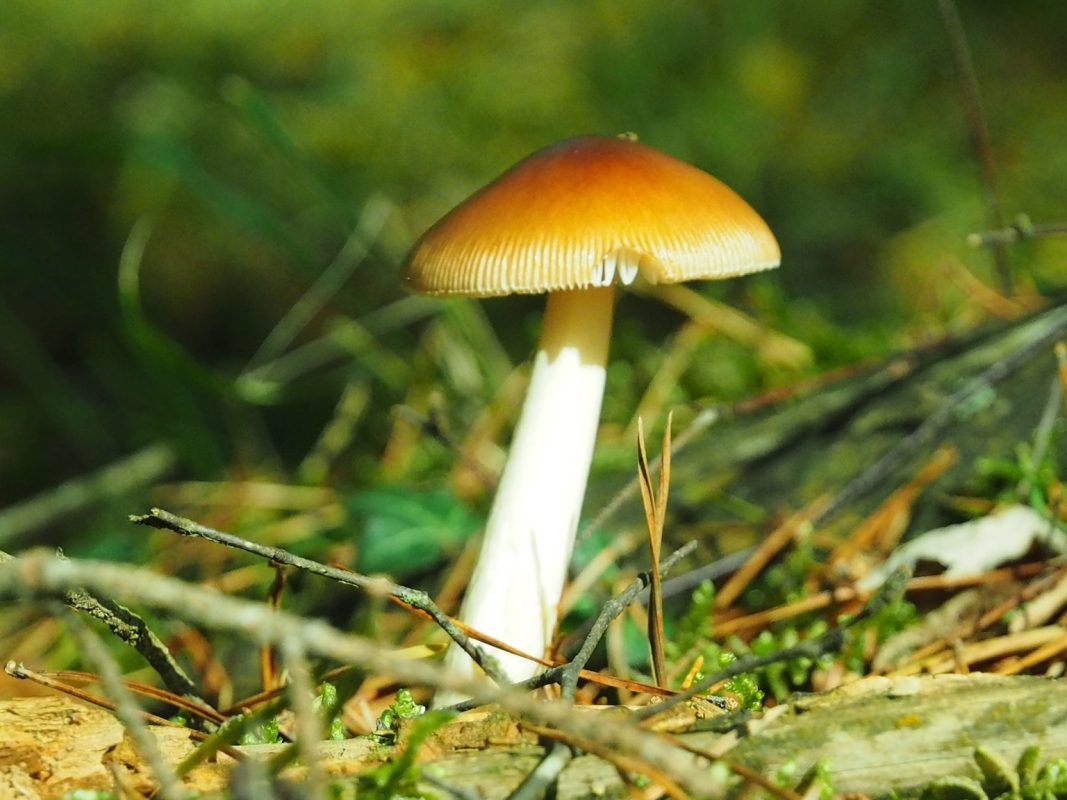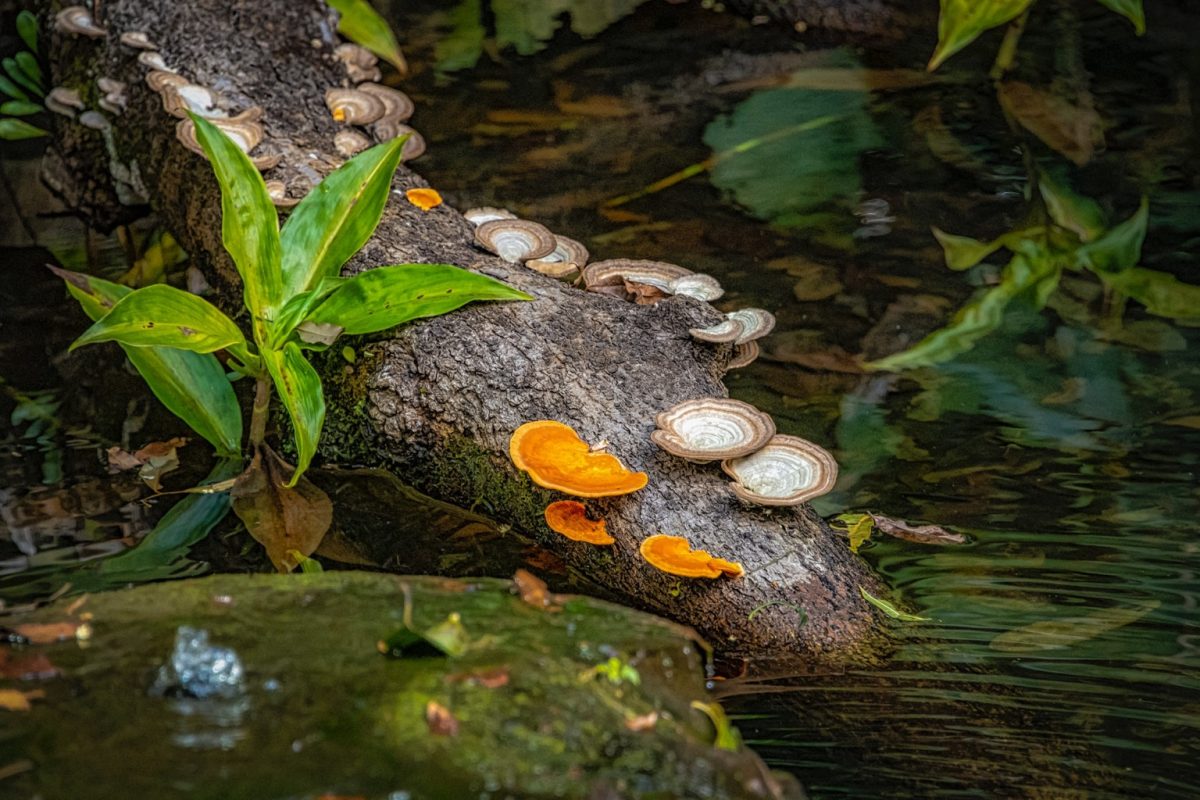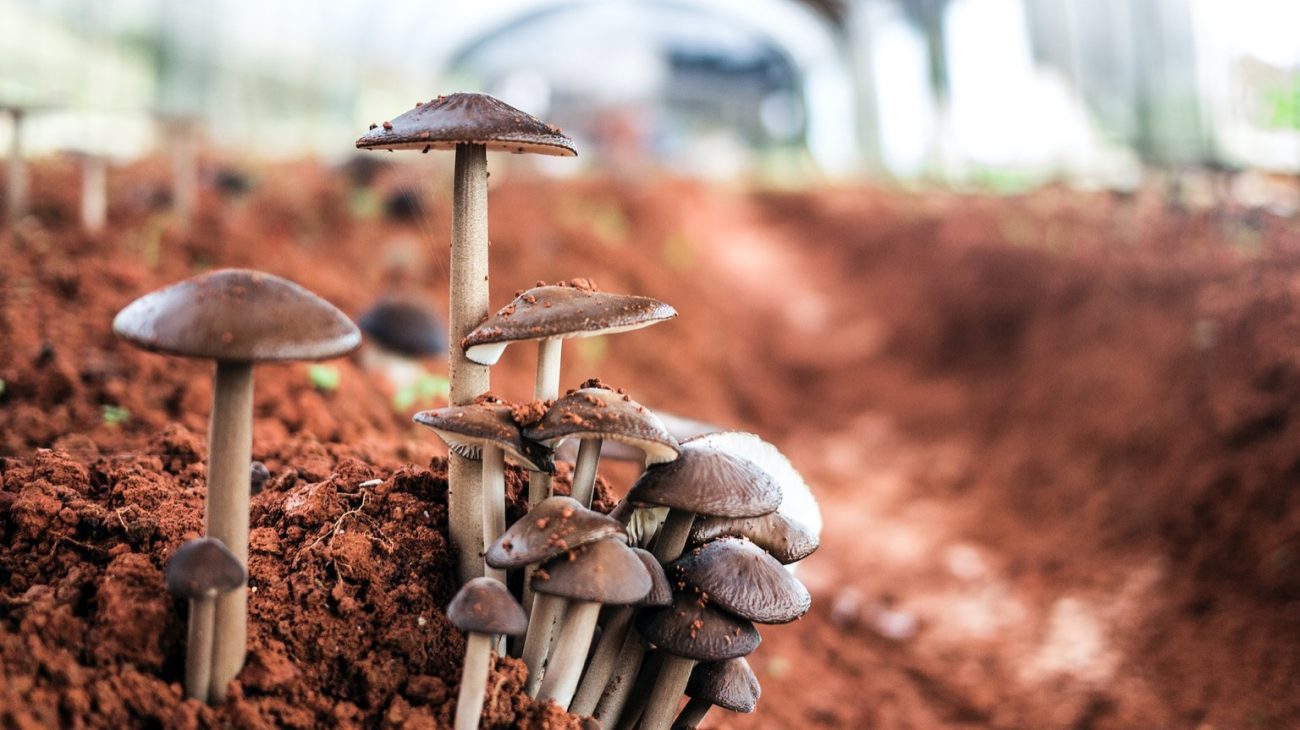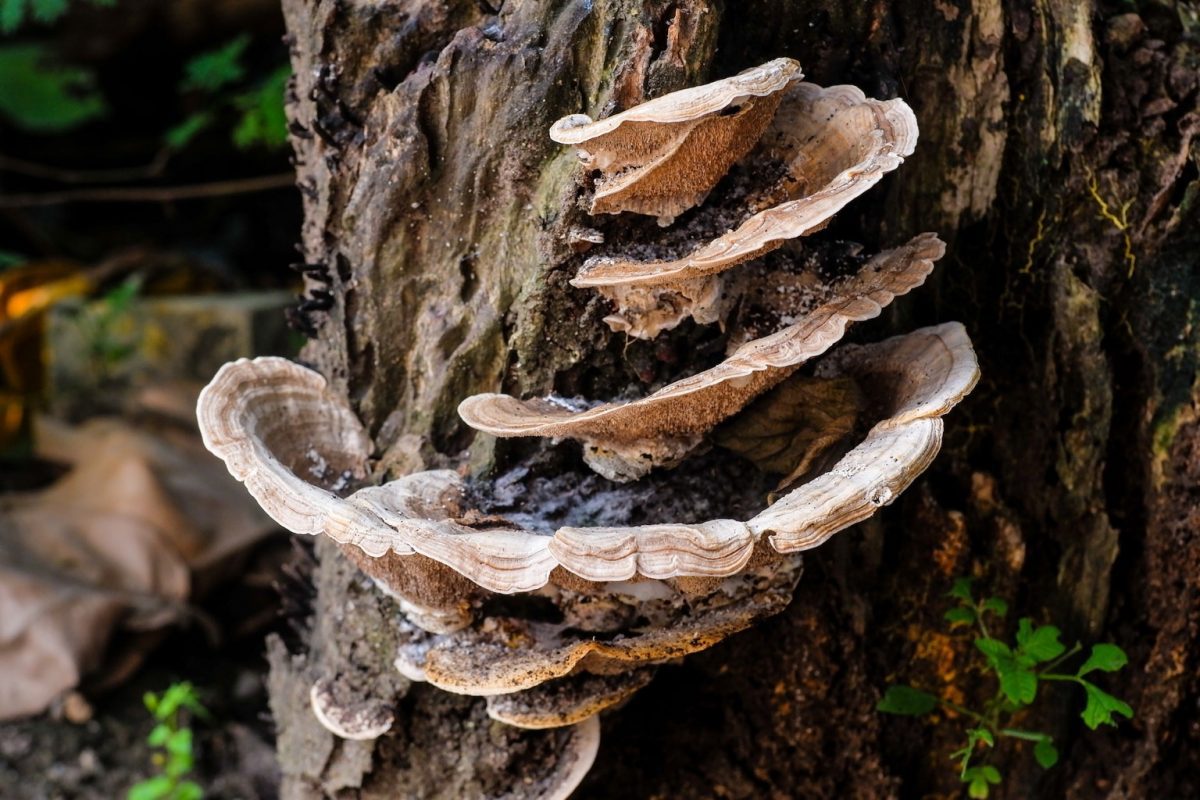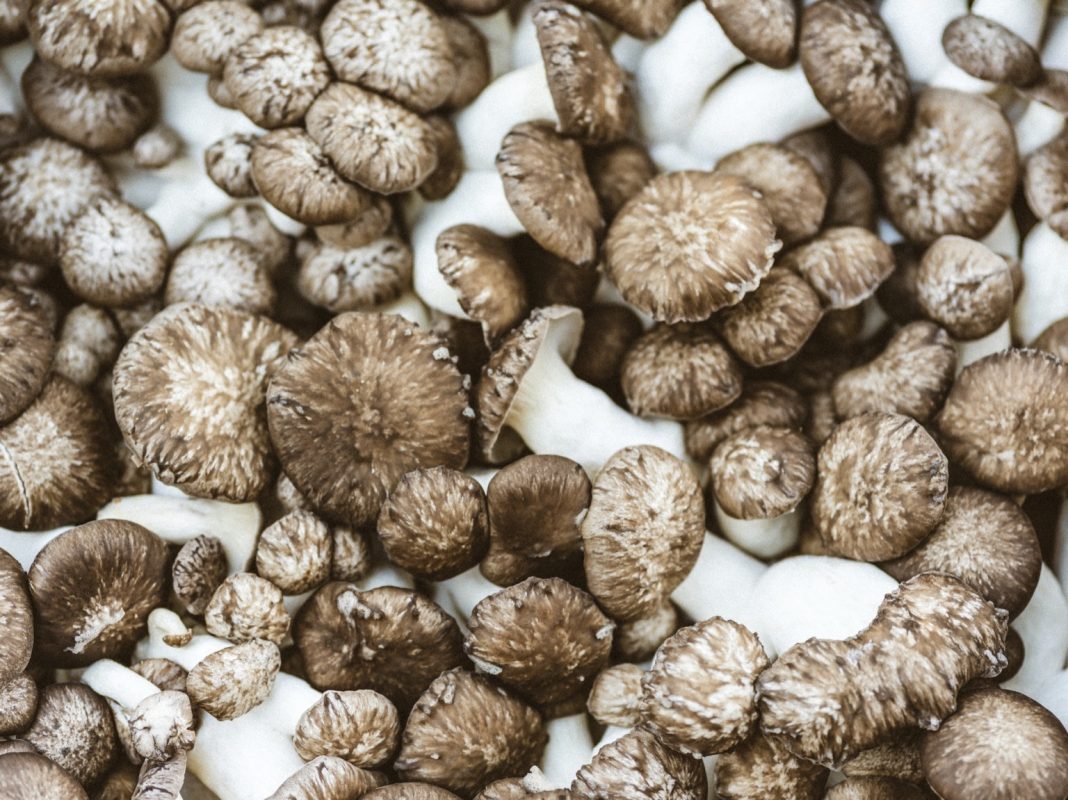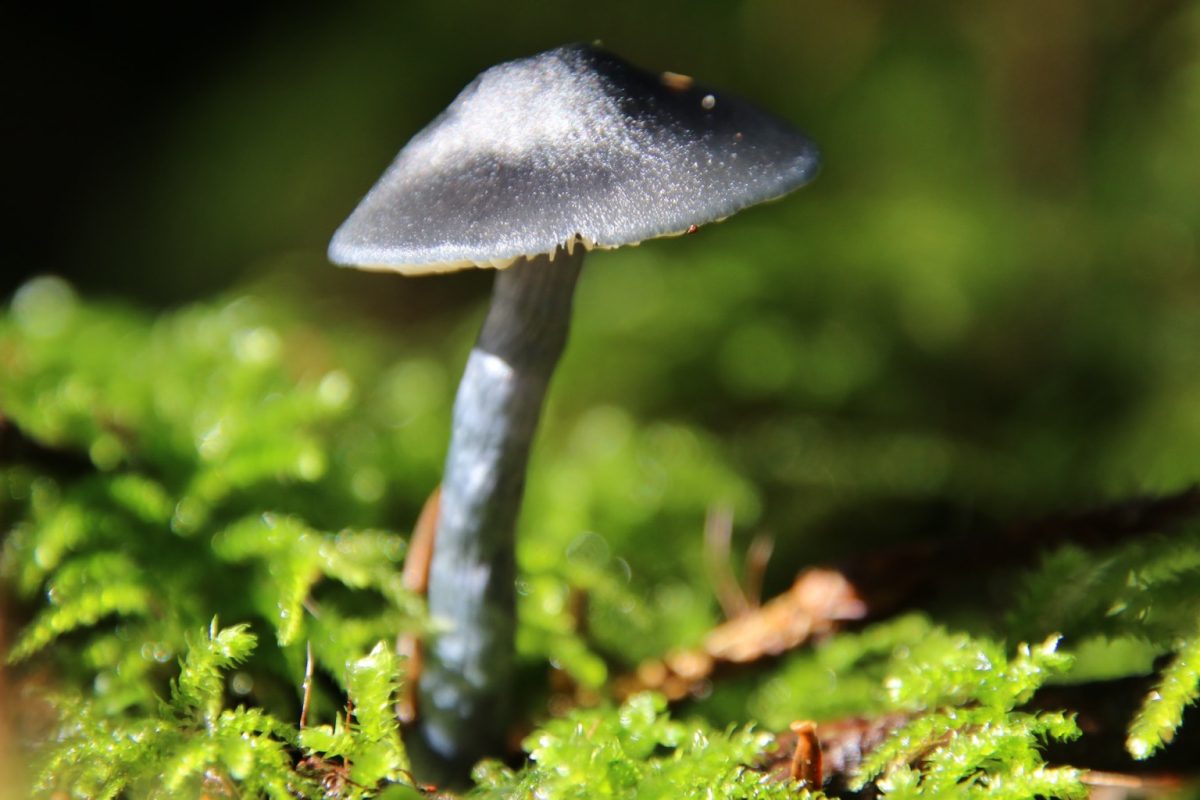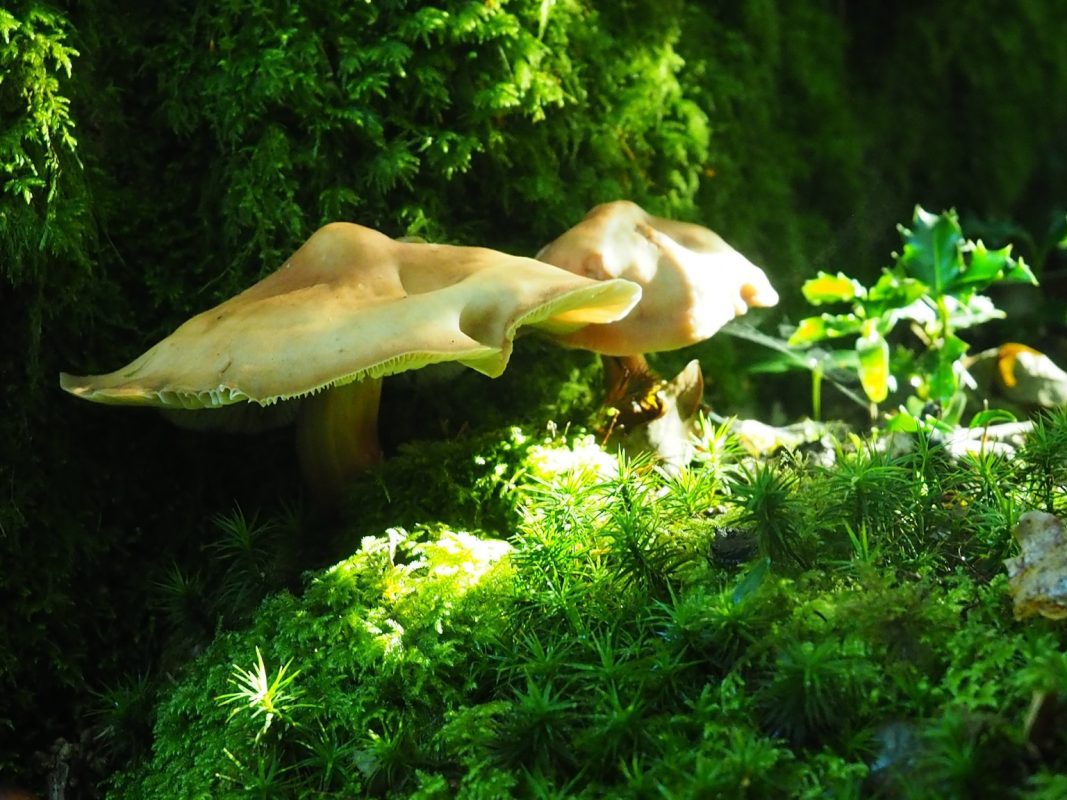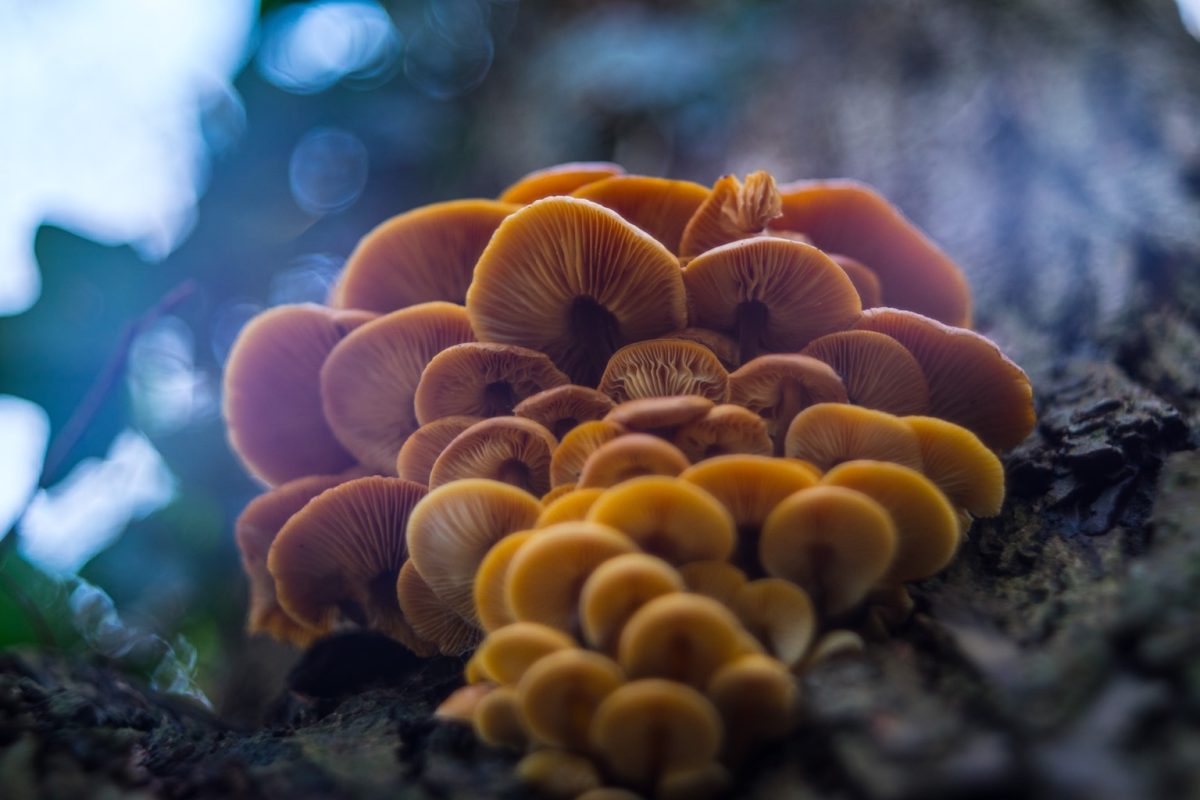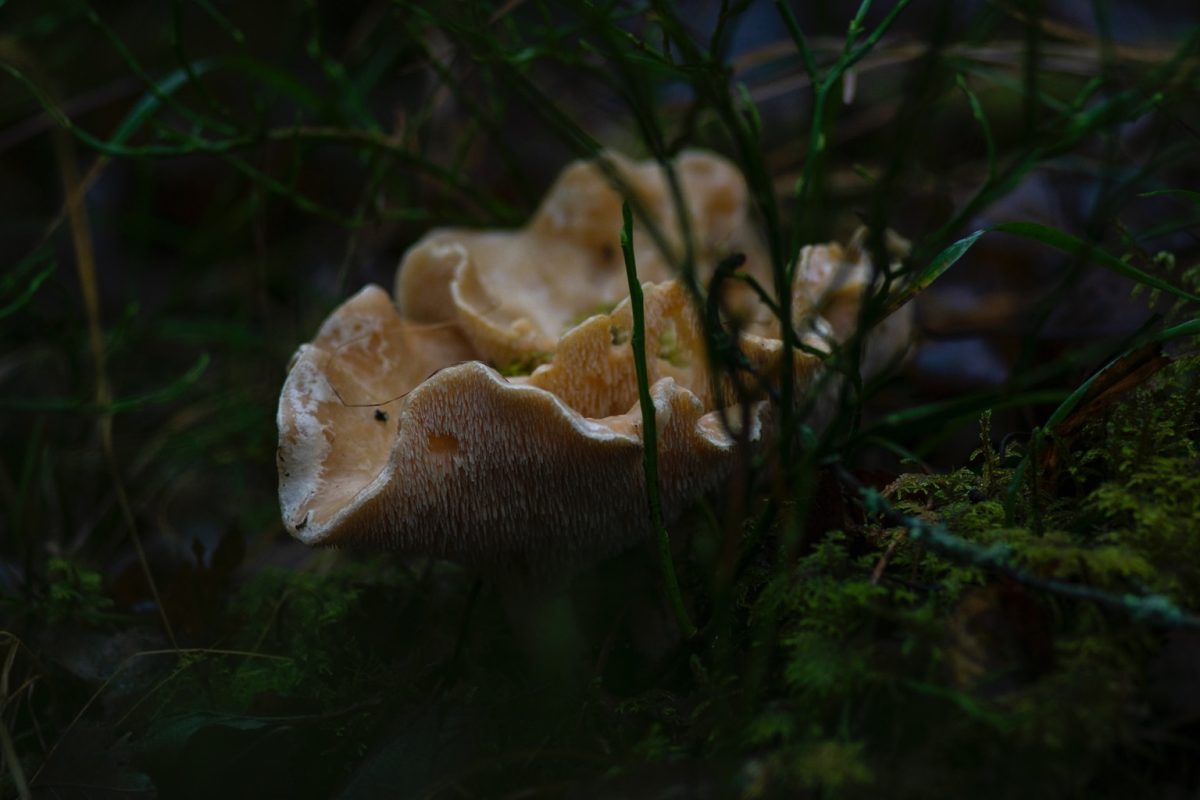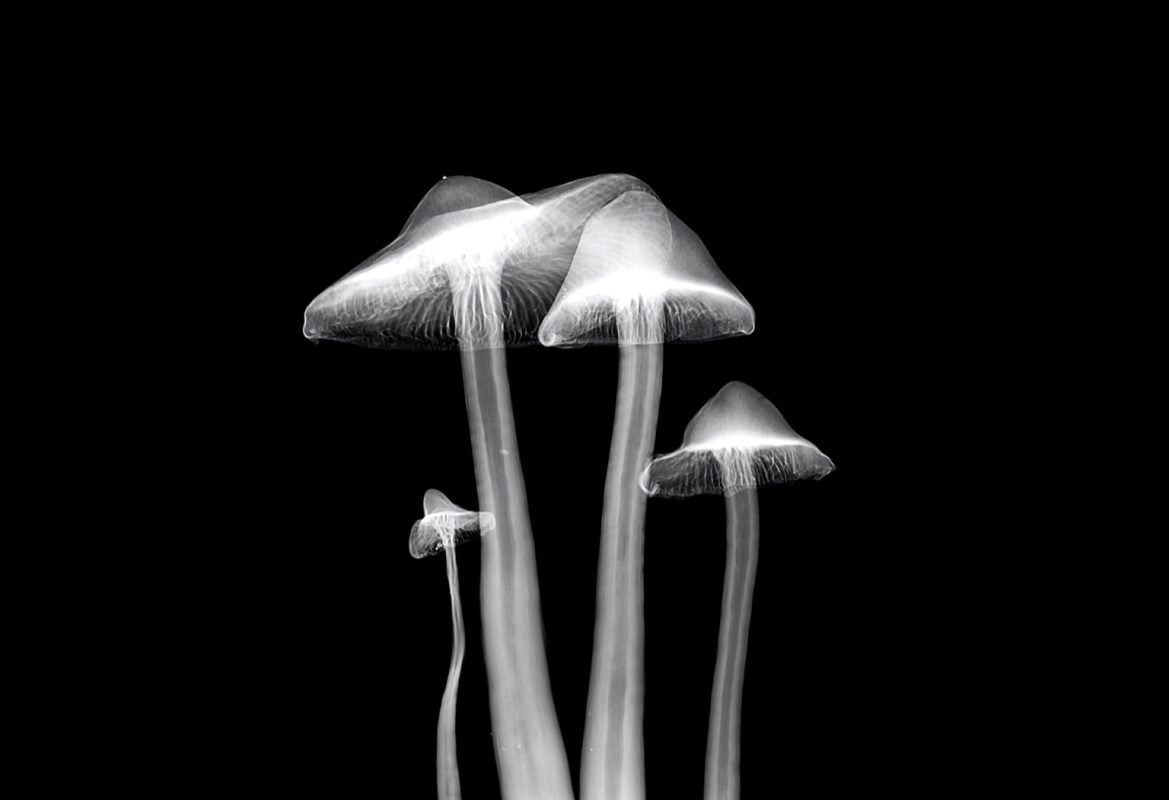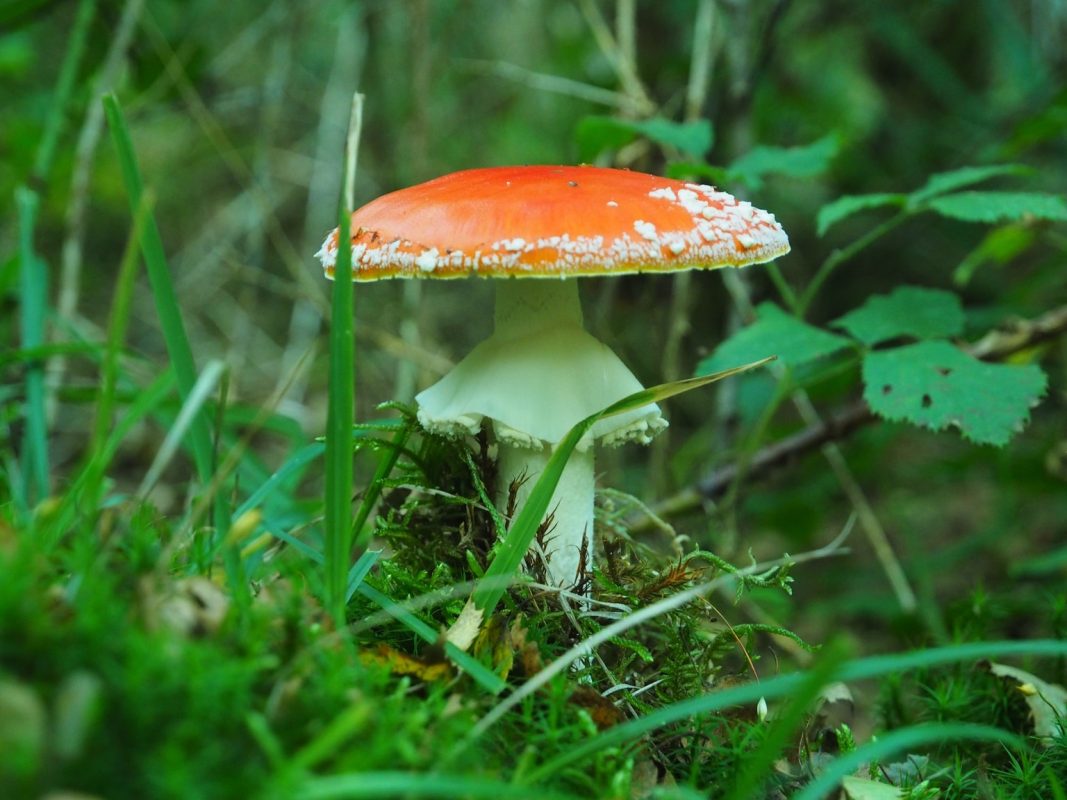Ever wondered if your leftover coffee grounds could brew up something more exciting than just a lazy morning cup? Picture turning those aromatic remnants into a thriving mushroom garden, yes, you read that right! Welcome to the unconventional yet fascinating world of mushroom cultivation using coffee grounds. In this guide, we’re diving deep into a process that’s not only eco-friendly but also the ultimate hack in organic gardening. Get ready to transform your waste into a delectable, sustainable crop that’s perfect for innovative Gen Z and millennial eco-enthusiasts.
Quick Links to Useful Sections
- Unleashing the Magic: The Science Behind Growing Mushrooms with Coffee Grounds
- The Benefits of Using Coffee Grounds for Mushroom Cultivation
- Eco-Friendly and Sustainable
- Cost-Effective Substrate
- Boosted Nutrient Profile
- User-Friendly for Beginners
- Essential Equipment and Ingredients You’ll Need
- Step-by-Step Guide to Growing Mushrooms with Coffee Grounds
- Step 1: Collect and Prepare Your Coffee Grounds
- Step 2: Mix with Your Supplemental Substrate
- Step 3: Sterilize the Substrate
- Step 4: Inoculate with Mushroom Spawn
- Step 5: Bag It Up and Incubate
- Step 6: Initiate Fruiting Conditions
- Step 7: Harvest Your Mushrooms
- Troubleshooting and Pro Tips for Successful Mushroom Cultivation
- Contamination Nightmares
- Temperature and Humidity Balance
- Patience is a Virtue
- Boosting Your Yield
- Stay Observant and Learn
- Exploring Popular Mushroom Varieties Ideal for Coffee Ground Cultivation
- Oyster Mushrooms
- Shiitake Mushrooms
- Lion’s Mane
- Innovative Tips and Creative Twists for the Eco-Conscious Cultivator
- DIY Mushroom Growing Kits
- Repurposing Your Setup
- Combining Urban Gardening Techniques
- Experiment with Flavors
- Resources and Community Support: Your Next Steps
- The Broader Impact: From Waste to Gourmet Delights
- Reducing Landfill Waste
- Boosting Local Food Production
- Empowering Sustainable Living
- Frequently Asked Questions about Growing Mushrooms with Coffee Grounds
- Your Adventure Awaits: Embrace the Art of Mushroom Cultivation with Coffee Grounds
Unleashing the Magic: The Science Behind Growing Mushrooms with Coffee Grounds
At first glance, your daily coffee habit and mushrooms might not seem like natural allies. But nature often works in mysterious, delicious ways. Coffee grounds are rich in nitrogen and other nutrients that form an ideal substrate for many mushroom species. This nutrient-dense environment can support the growth of robust mycelium, the vegetative part of the fungus that eventually gives rise to those tantalizing mushrooms.
The science is simple: fungi are nature’s recyclers. They thrive in substrates rich in organic matter, and coffee grounds offer just that. When mixed with other organic materials, such as straw or coir, coffee grounds create the perfect environment for mushrooms to break down complex compounds, recycle nutrients, and flourish. The slightly acidic pH of coffee grounds also helps ward off unwanted contaminants, making it a superstar ingredient for both novice and expert cultivators.
By leveraging the bioavailability of nutrients in spent coffee, you’re not just reducing waste, you’re also tapping into an efficient, low-cost method to produce your own gourmet mushrooms right at home. This method is particularly popular among urban gardeners and sustainability aficionados who love the idea of turning everyday leftovers into something extraordinary.
The Benefits of Using Coffee Grounds for Mushroom Cultivation
There are countless reasons why growing mushrooms with coffee grounds is a game-changer. Let’s break down the benefits, from environmental perks to health advantages, in a way that speaks directly to a generation passionate about sustainable living.
Looking For The Best Mushroom Coffee? You'll Love These:
Eco-Friendly and Sustainable
Coffee grounds are an abundant waste product in our modern caffeine-fueled world. By repurposing these grounds, you help reduce landfill waste and lower your personal carbon footprint. This approach turns your daily brew into a renewable resource for growing nutritious fungi.
Cost-Effective Substrate
Commercial mushroom substrates can be pricey, but if you’ve got an endless supply of coffee grounds, you’re one step ahead. Scour your local coffee shops or collect your own at home, the result is a free, organic, and nutrient-rich medium that gives you more bang for your buck.
Boosted Nutrient Profile
Coffee grounds are loaded with nitrogen, which is essential for vigorous mycelial growth. This advantage translates to healthier, faster-growing mushrooms that often have a richer flavor and a more robust texture. Plus, they’re packed with antioxidants!
User-Friendly for Beginners
Even if you’re a green-thumb novice, the process of growing mushrooms on coffee grounds is straightforward enough for anyone to try. The technique requires minimal space, simple ingredients, and a little bit of patience, making it ideal for apartment living or urban spaces.
In a nutshell, using coffee grounds not only gives you a chance to practice sustainable living, it also opens up a rewarding world of organic gardening with fantastic culinary payoffs.
Essential Equipment and Ingredients You’ll Need
Before you dive into the experimental realm of coffee-ground mushroom cultivation, it’s crucial to ensure that you have all the necessary gear. Here’s a quick rundown of what you’ll need to get started:
- Used Coffee Grounds: Freshly brewed and spent, ensure they are free from additives like artificial creamers.
- Mushroom Spawn: The mycelium cultures that will colonize your substrate. Popular choices include oyster, shiitake, and lion’s mane.
- Supplemental Substrate: Materials such as straw, sawdust, or coconut coir can be mixed with coffee grounds to improve texture and structure.
- Mason Jars or Plastic Bags: Containers for creating a controlled environment during the incubation period.
- Sterilization Equipment: A large pot or pressure cooker for sterilizing your substrate (this step is vital for avoiding contamination).
- Humidity and Temperature Monitor: Tools like a hygrometer or a digital thermometer can help you keep optimal conditions for growth.
- Spray Bottle: For misting water and maintaining humidity inside the growing area.
With these tools in your arsenal, you’re well-equipped to start your mushroom cultivation journey. Each component plays its part in creating an ideal microenvironment for your mushrooms to thrive.
Step-by-Step Guide to Growing Mushrooms with Coffee Grounds
Ready to roll up your sleeves? Here’s a detailed, step-by-step walkthrough to help you transform your coffee grounds into a flourishing mushroom habitat.
Step 1: Collect and Prepare Your Coffee Grounds
The journey begins with collecting your used coffee grounds. If you’re getting them from a coffee shop, ask for a generous bag of their daily discard, most are more than happy to provide this sustainable giveaway. At home, simply store your grounds in a clean container and refrigerate them to prevent mold growth.
Once collected, allow the grounds to cool and reach room temperature if they’re still warm. Spread them out on a clean surface or tray to evaporate excess moisture. This step is crucial as it reduces the risk of contamination during the subsequent incubation process.
Step 2: Mix with Your Supplemental Substrate
Coffee grounds alone can be a bit too dense for optimal air circulation, so combining them with materials like straw, sawdust, or coconut coir helps create a balanced substrate. Aim for a mix of approximately 50% coffee grounds to 50% supplemental substrate. Add a bit of water if needed to achieve a damp (but not soggy) consistency.
The finely textured, porous nature of straw or coconut coir improves aeration, giving your mycelium easy access to oxygen, a critical factor in its growth.
Step 3: Sterilize the Substrate
Sterilization is non-negotiable in mushroom cultivation. Place your substrate mix in a heat-resistant bag or container and sterilize it using a pressure cooker for 60-90 minutes at 15 psi, or by steaming it on a stovetop. This process eliminates unwanted bacteria and fungi that could hinder your mushroom’s development.
If you don’t have a pressure cooker, a large pot with a tight-fitting lid can sometimes suffice, though it might not be as effective as a pressure cooker.
Step 4: Inoculate with Mushroom Spawn
Once your substrate has cooled down to room temperature, it’s time to introduce (or inoculate) your mushroom spawn. In a clean environment, sprinkle the spawn evenly throughout the substrate and mix it thoroughly. This ensures that every nook and cranny gets evenly colonized by the mycelium.
Be gentle during this process, over-mixing can damage the delicate spawn, potentially slowing down growth.
Step 5: Bag It Up and Incubate
Transfer your inoculated substrate into clean plastic bags or mason jars. Secure the containers with holes or breathable filters that allow for air exchange while keeping contaminants at bay. Place them in a dark, warm environment (ideally between 65-75°F or 18-24°C) to allow the mycelium to colonize the substrate.
This incubation period can take anywhere from 10 to 21 days, depending on the mushroom species and environmental conditions. You'll know the colonization process is on track when you see white, thread-like structures, this is the mycelium at work.
Step 6: Initiate Fruiting Conditions
Once your substrate has been fully colonized, it’s time to kickstart the fruiting stage. Transfer the bags or jars to a well-lit area with indirect sunlight, and increase humidity by using a misting bottle. This change in conditions signals the mycelium to shift its energy toward producing fruiting bodies, which are the mushrooms you’re after.
Maintain high humidity (around 80-95%) and ensure a steady temperature of about 60-70°F (15-21°C). Some growers find success using a DIY fruiting chamber constructed from a clear plastic storage container with small air vents to maintain airflow.
Step 7: Harvest Your Mushrooms
After a few days to a couple of weeks, you’ll start to see mushrooms emerging from the substrate. Harvest them once the caps begin to flatten out, which indicates that they’re at their peak both in flavor and nutrition. Use a sharp knife to gently cut the mushrooms at the base, taking care not to disturb the mycelium, as it can produce subsequent flushes (or harvest cycles) if left intact.
Enjoy the fruits of your labor fresh, or experiment with drying and cooking to enhance their earthy flavors. Growing your own mushrooms with coffee grounds not only gives a sense of achievement but also an ongoing supply of delicious, locally-grown mushrooms.
And there you have it, a full, step-by-step guide to converting your daily caffeine fix into a burgeoning mushroom crop. Each phase of this process embodies the perfect blend of science, sustainability, and creativity.
Troubleshooting and Pro Tips for Successful Mushroom Cultivation
Even the most seasoned organic gardeners can run into bumps along the way, fear not! Here are some common challenges and our top tips to troubleshoot and ensure your mushroom-growing adventure stays on track.
Contamination Nightmares
One of the biggest challenges in mushroom cultivation is contamination. Mold and unwanted bacteria can hitch a ride on your substrate, especially if sterilization wasn’t thorough or if moisture levels are off. To minimize this risk:
- Always work in a clean, sanitized environment when handling your substrate and spawn.
- Make sure your sterilization process is rigorous. If you’re new, consider investing in a pressure cooker rather than relying on simple steaming methods.
- Keep an eye on humidity and avoid overwatering; extra moisture can be a breeding ground for contaminants.
Temperature and Humidity Balance
Mushrooms are sensitive little beings when it comes to their environment. Both temperature and humidity are crucial during incubation and fruiting. A small tip: use a digital thermometer and hygrometer to monitor your growing space. Consistency is key, fluctuations can stress the mycelium and lead to poor yields.
Patience is a Virtue
Growing mushrooms isn’t as fast as brewing your coffee. Understanding the natural rhythms of mycelial growth and fruiting takes time and patience. Trust the process, enjoy the journey, and don’t get discouraged if your first attempt doesn’t yield a bumper crop. Every batch is a learning experience, each mistake brings you closer to mastering the art.
Boosting Your Yield
Once you’ve mastered the basics, consider experimenting with supplements like gypsum or additional straw fibers in your substrate to boost overall yield. Fine-tuning your mix and environmental conditions can lead to multiple flushes of mushrooms, extending your growing season.
Remember, while coffee grounds are a fantastic base, the secret lies in maintaining the perfect balance of moisture, nutrients, and air. Embrace your inner scientist and fine-tune your recipe over time.
Stay Observant and Learn
Document your process, take note of temperature and moisture levels, and observe the progress of your mycelium. Keeping a detailed journal allows you to identify areas for improvement and celebrate the small victories along the way. Engage with online communities where fellow growers share their tips, failures, and successes, collective wisdom is invaluable!
Exploring Popular Mushroom Varieties Ideal for Coffee Ground Cultivation
Not all mushrooms are created equal when it comes to growing on coffee grounds. Some species are more adaptable and forgiving, making them perfect for beginners and those experimenting with sustainable substrates. Here are a few standout contenders:
Oyster Mushrooms
Perhaps the poster child of coffee-ground cultivation, oyster mushrooms are celebrated for their rapid colonization and impressive yield. Their delicate, fan-shaped caps not only look cool, but they also pack a umami punch that elevates any dish. With a short incubation period and high adaptability, they’re a favorite among urban cultivators.
Shiitake Mushrooms
Known for their rich, savory flavor and meaty texture, shiitake mushrooms prefer hardwood-based substrates yet can adapt well when mixed with coffee grounds. They require a bit more patience, thriving over longer incubation times and cooler temperatures. The reward? A gourmet mushroom that pairs beautifully with stir-fries, soups, and even sushi.
Lion’s Mane
With its striking, shaggy appearance and potential cognitive health benefits, lion’s mane is increasingly popular. This mushroom’s unique texture and delicate flavor make it an exciting addition to any culinary creation. While slightly more finicky in its environmental requirements, the unique appeal of lion’s mane makes it well worth the effort.
Each of these varieties has its quirks and optimal growing conditions. Experimenting with different strains not only keeps the process exciting but also refines your skills as a cultivator. Consider starting with oyster mushrooms, simple, robust, and forgiving, then branch out as you gain confidence in your setup.
Innovative Tips and Creative Twists for the Eco-Conscious Cultivator
For those of you who believe in sustainable living with a dash of creativity, here are some innovative ideas to elevate your mushroom-growing game:
DIY Mushroom Growing Kits
Why not turn your newfound skills into a neat little project? Package your sterilized substrate, with a generous helping of coffee grounds and your favorite mushroom spawn, into DIY kits. These kits can be perfect for gifting or even small business ventures among local communities. It’s a fun way to spread sustainable gardening knowledge!
Repurposing Your Setup
Think outside the (coffee) cup! Convert old over-the-counter plastic containers into mini mushroom farms. Customize them with creative labels, painting, or even funky designs to reflect your personal style. It’s sustainable, stylish, and a surefire conversation starter at your next eco-friendly meet-up.
Combining Urban Gardening Techniques
If you’re an urban gardener already dabbling in container plants or hydroponics, integrate your mushroom cultivation with your existing setup. Imagine a chic balcony garden where your herbs, small vegetable pots, and mushrooms share the stage. It’s not only space-efficient but makes for a visually captivating green haven in the heart of the city.
Experiment with Flavors
Once you’ve mastered the basics, experiment with flavor enhancements by mixing in different types of coffee or even tea leaves (if compatible) into the substrate. Subtle nuances in the substrate can sometimes influence the taste and aroma of the final harvest, a true delight for culinary creatives.
These innovative twists serve as a reminder that mushroom cultivation is both an art and a science. Embrace the experimental spirit, share your findings online, and contribute to the growing community of sustainable food enthusiasts.
Resources and Community Support: Your Next Steps
As you embark on your mushroom-growing journey, remember that you’re not alone. There’s a vibrant community of urban growers, eco-enthusiasts, and sustainable living advocates who are eager to share tips, troubleshoot problems, and celebrate successes. Here are some resources and communities that can help take your cultivation skills to the next level:
- Online Forums and Facebook Groups: Join dedicated mushroom cultivation communities such as the Mushroom Cultivation Forum and various Facebook groups where you can ask questions, share your progress, and learn from experienced growers.
- YouTube Channels: Search for video tutorials on growing mushrooms with coffee grounds. Channels like “FreshCap Mushrooms” and “Mushroom Mountain” provide compelling, step-by-step guides and troubleshooting tips.
- Local Workshops: Check out local community centers or urban farming organizations that offer workshops on sustainable gardening and mycology. These sessions can provide hands-on experience and direct mentorship.
- Books and Blogs: Consider investing in a few well-reviewed books on mushroom cultivation. Blogs dedicated to organic gardening often feature niche articles on innovative setups like coffee-ground substrates.
- Sustainability Meet-Ups: Attend eco-friendly meet-ups or local events focusing on zero-waste lifestyles. These gatherings are great opportunities to network, exchange ideas, and possibly discover new sources for coffee grounds and spawn.
Engaging with a community not only provides you with practical advice but also fuels your passion for sustainable living and resourcefulness. The journey of growing mushrooms with coffee grounds is ever-evolving, and these resources ensure you’re always in the loop with the latest innovations.
The Broader Impact: From Waste to Gourmet Delights
Beyond the personal satisfaction of growing your very own mushrooms, this practice has ripple effects that echo into larger environmental and social arenas. By transforming coffee grounds, otherwise destined for the landfill, into a thriving medium for mushrooms, you’re actively contributing to a more sustainable food system. Here’s how:
Reducing Landfill Waste
Every cup of coffee generates a small pile of grounds that, when discarded, create a significant environmental burden. By repurposing these grounds, you reduce waste and support circular economy principles, turning what was once waste into value.
Boosting Local Food Production
Cultivating mushrooms at home or in small community setups strengthens local food systems. With less dependence on mass-produced, carbon-intensive agricultural products, you’re helping lower your community’s ecological footprint while enjoying fresh, organic produce.
Empowering Sustainable Living
The simple act of reusing coffee grounds for mushroom cultivation empowers individuals to make a broader impact. It’s a tangible step towards sustainable living, demonstrating that small, everyday actions can contribute to a healthier planet.
Adopting this practice not only satisfies your culinary and creative urges but also aligns with the global movement towards environmental stewardship. Every harvested mushroom is a nod to a lifestyle that respects nature’s cycles and champions resourcefulness.
Frequently Asked Questions about Growing Mushrooms with Coffee Grounds
We know you have questions, and we’ve got answers! Here are some frequently asked questions to clear up any doubts you might have as you begin your mushroom cultivation adventure.
1. Can any type of coffee ground be used for growing mushrooms?
Yes, most used coffee grounds can be repurposed for mushroom cultivation. However, it’s best to use organic coffee that is free from chemical additives to avoid unwanted chemicals in your substrate.
2. Which mushroom variety is easiest to grow on coffee grounds?
Oyster mushrooms are ideal for beginners due to their fast colonization rates and adaptability to coffee ground substrates. They’re robust, forgiving, and yield a flavorful crop.
3. Is there any special preparation required for the coffee grounds?
Absolutely. It’s important to let the still-warm coffee grounds cool down, spread them out to reduce moisture content, and, if possible, sterilize them by mixing with a supplemental substrate to ensure a clean, uncontaminated environment.
4. How long does it take for mushrooms to start growing?
Typically, once the substrate is fully colonized during the incubation phase (which can take 10 to 21 days), mushrooms can start forming within a few days to a couple of weeks once fruiting conditions have been initiated.
5. Can I reuse the substrate after one harvest?
In many cases, yes! With proper care and attention to moisture and nutrients, the substrate can produce multiple flushes. However, yields may reduce over time.
6. Do I need special equipment to monitor humidity and temperature?
While not absolutely necessary, having a digital thermometer and hygrometer can greatly improve your success rate by helping you maintain optimal conditions for maximum yield.
7. What are the signs of contamination?
Contamination usually appears as unusual colors like green, black, or fuzzy mold that is not white (the healthy color of mycelium). If you detect any off-colors or unpleasant smells, it’s best to dispose of the affected substrate immediately.
8. How often should I mist the substrate during the fruiting stage?
Generally, mist once or twice a day, ensuring that the substrate remains consistently humid but not waterlogged. Proper ventilation is also key to avoid excess moisture buildup.
9. Can I mix other organic waste with coffee grounds?
Absolutely! Many cultivators experiment with mixing coffee grounds with other organic waste materials like tea leaves or spent grains. However, it’s best to test small batches first to ensure compatibility.
10. Are there any safety concerns I should be aware of?
As long as you follow proper sterilization protocols and maintain hygienic practices during the growing process, mushroom cultivation with coffee grounds is safe and eco-friendly.
Your Adventure Awaits: Embrace the Art of Mushroom Cultivation with Coffee Grounds
Now that you’re armed with the science, the techniques, and a treasure trove of tips and tricks, it’s time to embark on your very own mushroom cultivation journey. Every step, from collecting your daily coffee grounds to harvesting your fragrant, tasty mushrooms, tells a story of innovation, sustainability, and creativity.
As you transform your waste into a wonderful living resource, remember that this practice is more than gardening; it’s a celebration of nature’s ability to recycle, regenerate, and produce something entirely new. Whether you’re an urban gardener with limited space or a DIY enthusiast chasing sustainable living goals, growing mushrooms with coffee grounds is both a practical venture and an adventurous hobby.
With every harvest, you’re not only nourishing yourself but also contributing to a greener planet. Your journey is a testament to the transformative power of repurposing everyday items into sustainable, edible treasures. Let your coffee grounds unlock a secret chapter of organic cultivation and delight your senses and your community.
Dive into online communities, connect with fellow cultivators, and experiment with different techniques until you find your signature brew for the best mushrooms ever. Celebrate each small win, learn from every misstep, and remember: sustainable living is an art, and you’re the artist.
Embrace the adventure, nurture your eco-friendly spirit, and watch as your humble coffee grounds transform into a true gourmet delight. Your journey to self-sufficiency, creativity, and boundless flavor starts now!
Looking For The Best Mushroom Coffee? You'll Love These:
Useful Interruption: Dive deeper into the world of Mushroom Coffee with our most popular sections. If there is anything you think is missing or anything you would love for us to write about, just give us a shout.
- Mushroom Coffee Equipment & Product Reviews
- Mushroom Coffee Recipes & Creative Variations
- Mushroom Coffee Guides & Troubleshooting
- Mushroom Coffee Brewing & Preparation Techniques
- Model Rocket Advanced Rocketry & Innovations
- Mushroom Coffee Fundamentals
- Model Rocket Equipment Reviews & Digital Tools
- Mushroom Coffee Health Benefits & Wellness
- Mushroom Coffee Mycology & Scientific Insights
- Mushroom Coffee Community, Lifestyle & Engagement
I tried mushroom coffee this morning and told my friend, "This brew is spore-tacular!" He shot back, "Guess that's why it's such a cap-tivating way to kickstart your day!"

